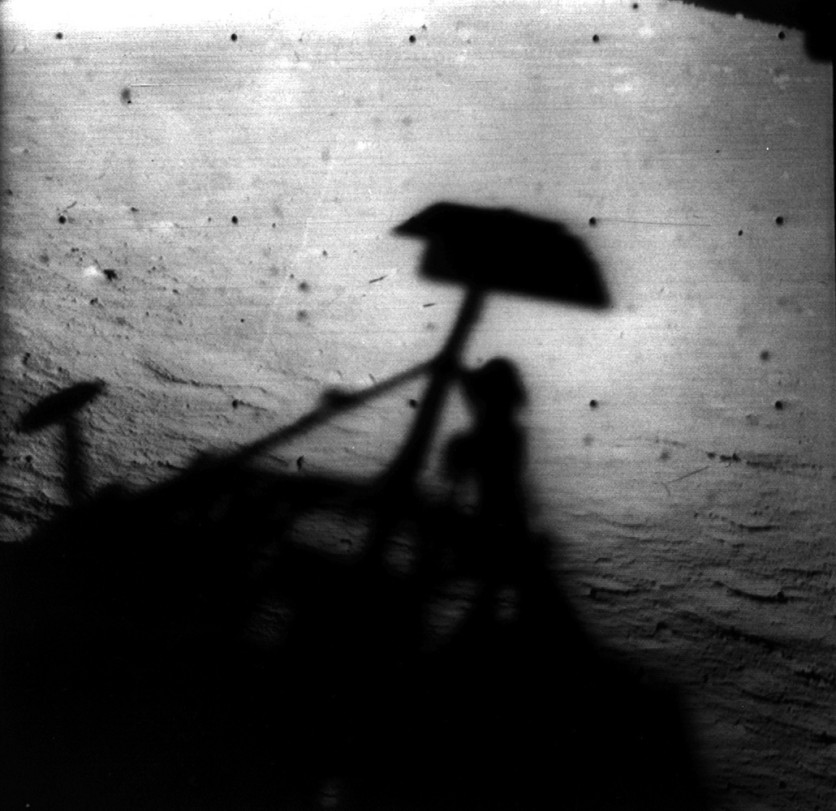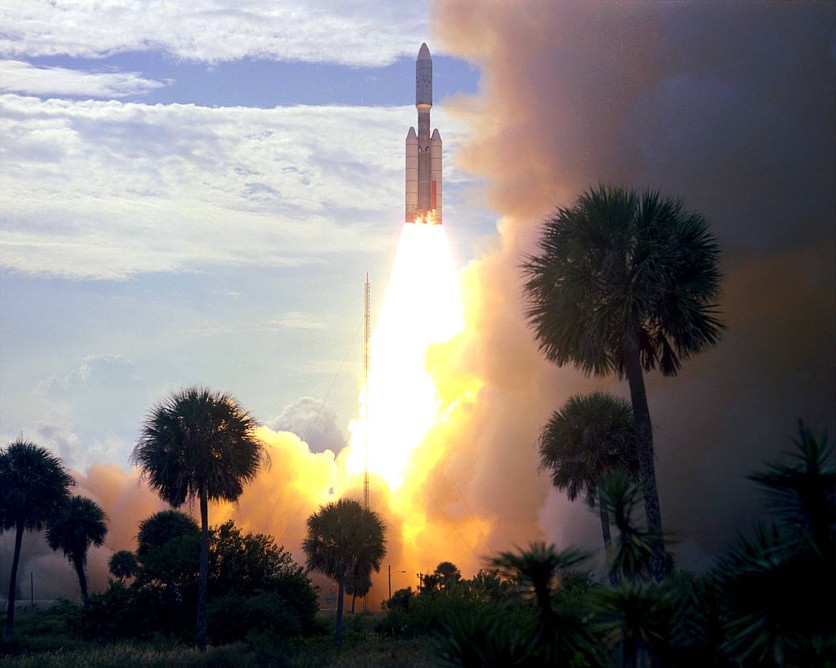Finally, the mystery of the object that was racing back to the Earth at 1,500mph in September has been resolved.
The mystery flying object was initially thought to be an asteroid, which was even called 'asteroid 2020 SO. However, according to a report in Daily Mail, it was a remnant of a rocket that propelled the Surveyor 2 lander that aimed to land on the Moon 54 years ago.

The Surveyor 2 mission
NASA launched an attempt to land in the Moon in 1966. After launching off the payload, the rocket flew past the Moon and continued to orbit around the Sun while the Surveyor 2 crashed into the Moon since one of its thrusters did not ignite.
The mission team has thought they would never get a glimpse of the Centaur rocket again. However, after 54 years, the rocket appears to be crashing back to the Earth at about 1,500 mph as discovered by a telescope in Hawaii in September. The mystery object seemed to be the length of a bus at about 26ft long.
NASA's Centre for Near-Earth Object Studies (CNEOS) Director Paul Chodas was too excited about the news. "I'm pretty jazzed about this," Chodas who works at the NASA Jet Propulsion Laboratory in California said as Daily Mail reported.

The asteroid expert also said it was his hobby to find mysteries and he has been trying to configure a link for decades. While he noted that he does not want to be too confident about his assumption as he also "could be wrong on this."
However, Chodas believes this is the first time "that all the pieces fit together with an actual known launch." He also said the rocket took a near-circular journey around the Sun's orbit on the same plane as Earth. This is not usual for an asteroid while the object approaches the Earth at 1,500mph, which is slow for the rock's standard.
While the CNEOS director doubts that the object will crash into the Earth, "not this time around" at least. Chodas assumes it will continue circling in the Earth's orbit for four months starting mid-November, then shoot out into its journey around the sun in March 2021.
NASA's moon exploration before Apollo
President John Kennedy set a goal to land astronauts on the Moon in 1961, despite knowing too little about the Earth's closest neighbor aside from its rocky and heavily-cratered surface, which scientists learned just by observing in telescopes.
Russians launched the first probes, called Luna 2, which impacted the lunar surface in 1959, then later that year, a Soviet robot took images of the moon. In the early 1960s, the U.S. flew a series of probes called Ranger, although its first success was in 1964 with Ranger 7, which returned 4,300 images during the final 17 minutes of flight.
In February 1966, the USSR set another record when it successfully made the first soft landing and took the first low-resolution photos of the moon's surface. Later that year until 1967, Lunar Orbiter, a U.S. mapping spacecraft also took images of the moon from orbit.

Meanwhile, the U.S. scored a great feat when its Surveyor 1 successfully landed and scout the moon's rugged surface. Surveyor was the first of its kind program that was hurried to return the lunar data before the first manned mission of Apollo landings were scheduled in 1968 or 1969. After six months of Surveyor 1's moon mission, it returned 11,240 images, which allowed for the creation of numerous wide panoramas as well as the examination of tiny details.
Then the Surveyor 2 crashed on the moon's surveyor, scientists attached a scoop to an extendable arm starting in the Surveyor 3, so they can further investigate the lunar surface' hardness and texture. As Apollo 11 successfully landed on the moon with its crew walking on its surface on July 20, 1969, the Surveyor program was deemed critical to the success.
This is owned by Tech Times
Written by CJ Robles
ⓒ 2025 TECHTIMES.com All rights reserved. Do not reproduce without permission.




